The color orange is undeniably attention-grabbing and when it’s present on a bird’s feathers, it definitely sets the bird apart from the others. The stunning hue is easily recognizable, whether it’s daytime or nighttime.

Fortunately, the Guianan cock-of-the-rock has been bestowed with a stunning and captivating appearance. Its whole physique is adorned with a vibrant shade of orange, with the exception of a few black and white feathers situated on its wings and tail. Almir Cândido de Almeida deserves credit for the image used in this article, which is licensed under BY 2.0.
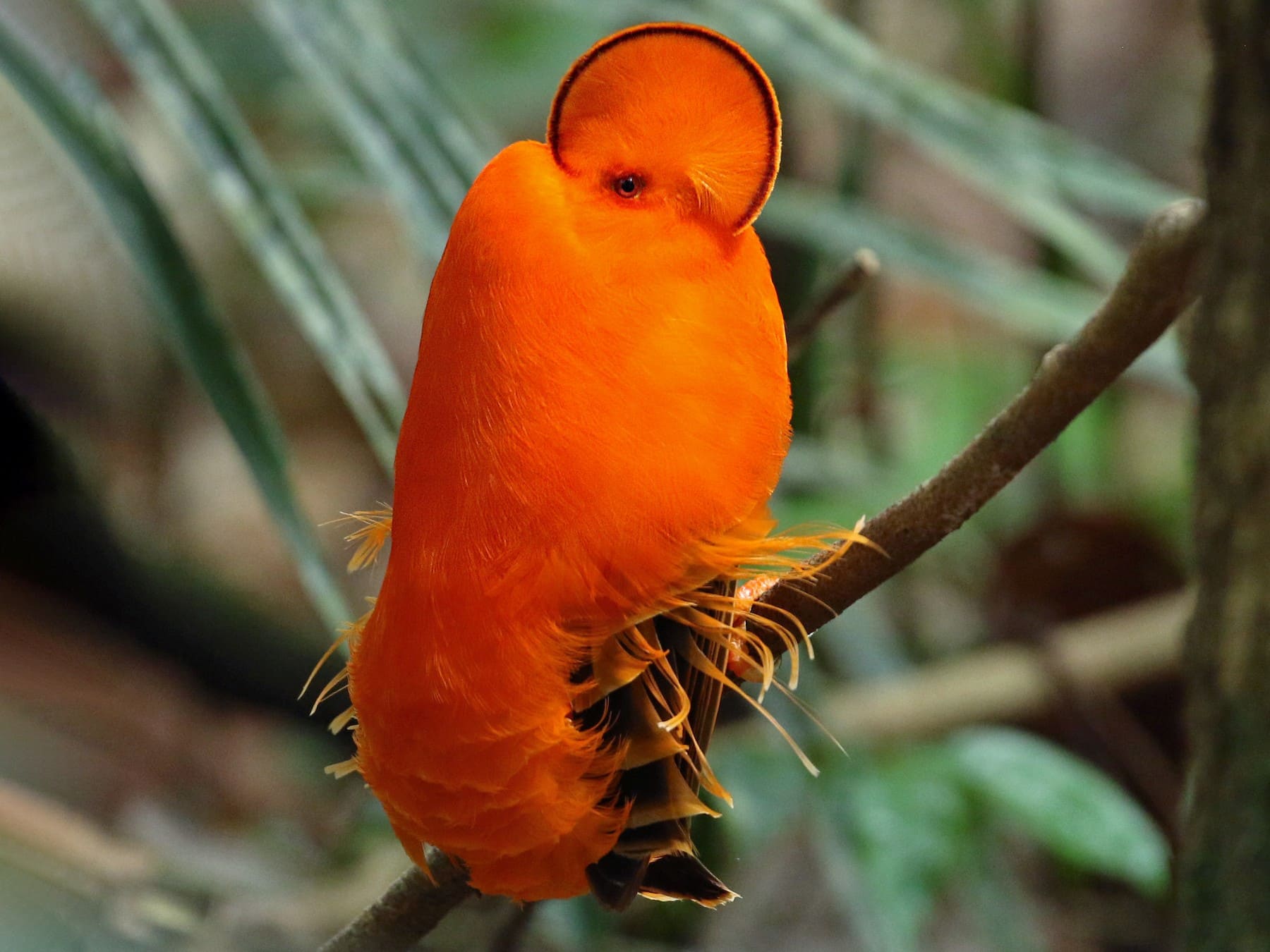
The bird’s crest is bright orange and has a unique, distinguishing feature – a half-moon shape with a dark line on the edge. It’s a truly spectacular characteristic that sets this bird apart and gives it its name. The image credits belong to Instagram account @savetheanimalssavetheworld.
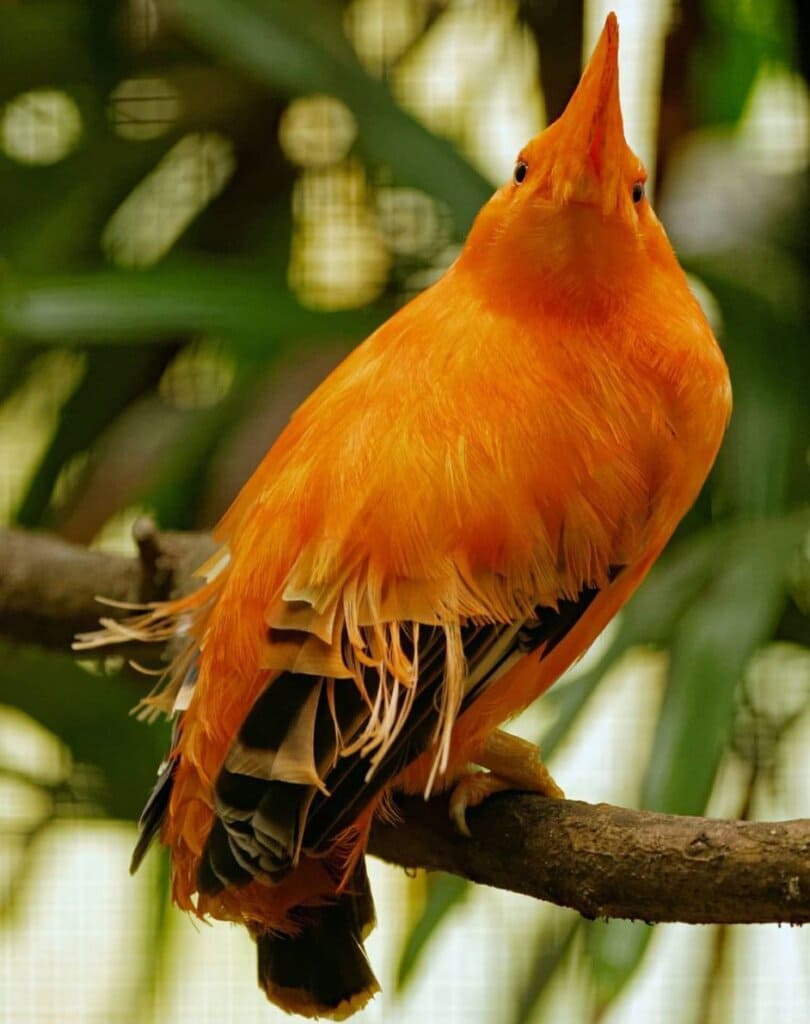
Check out the video of this gorgeous bird captured by Instagram user michael___70. The female Guianan cock-of-the-rock may not be as vibrant as her male counterpart, but she still holds a unique beauty with her darker feathers and smaller crest. One notable difference is her yellow-tipped black bill, which sets her apart from the male’s orange features.

The stunning bird in the photo belongs to the cotinga family, a type of songbird found only in South America. These birds live in the old mountains located east of the Andes and north of the Amazon River, specifically in places like the Guianas, Venezuela, Brazil, and Colombia.
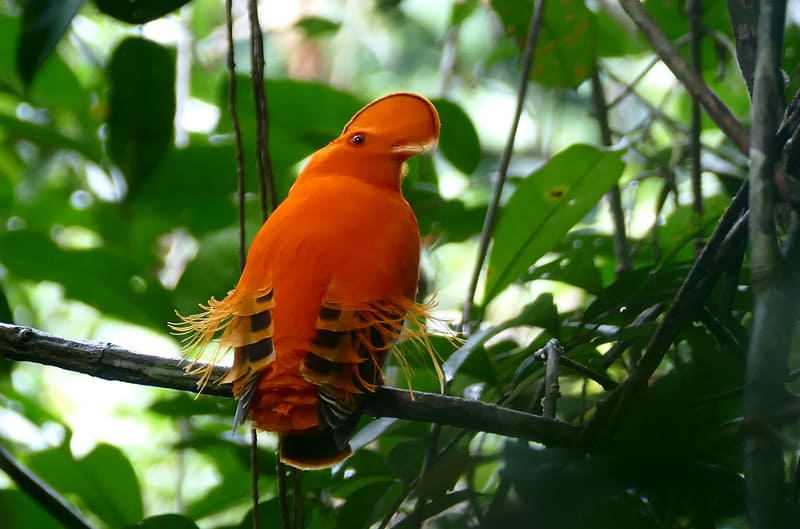
With ample living accommodations, these birds are thriving in number. They tend to dwell in damp forests adjacent to rocky formations and have a taste for fruits and berries, although occasionally they can be spotted consuming insects. Credit for the image goes to Bernard DUPONT under CC BY 2.0.
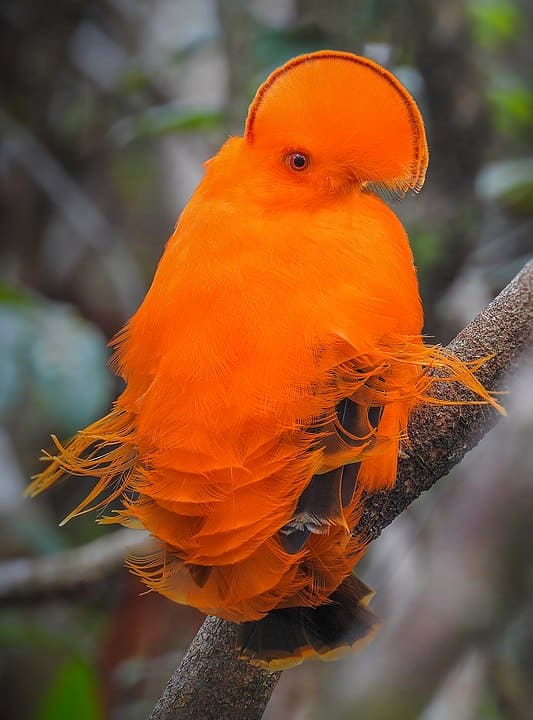
Male Guianan cock-of-the-rock birds use communal leks to attract female partners during the breeding season. Once a female has been found, she constructs her own nest, typically located beneath a rocky overhang secured with mud. The female then lays 1-2 eggs in the nest and spends around 28 days incubating them. She also provides food for her chicks until they are able to fly on their own. Image credits go to AISSE GAERTNER / CC BY-SA 4.0.
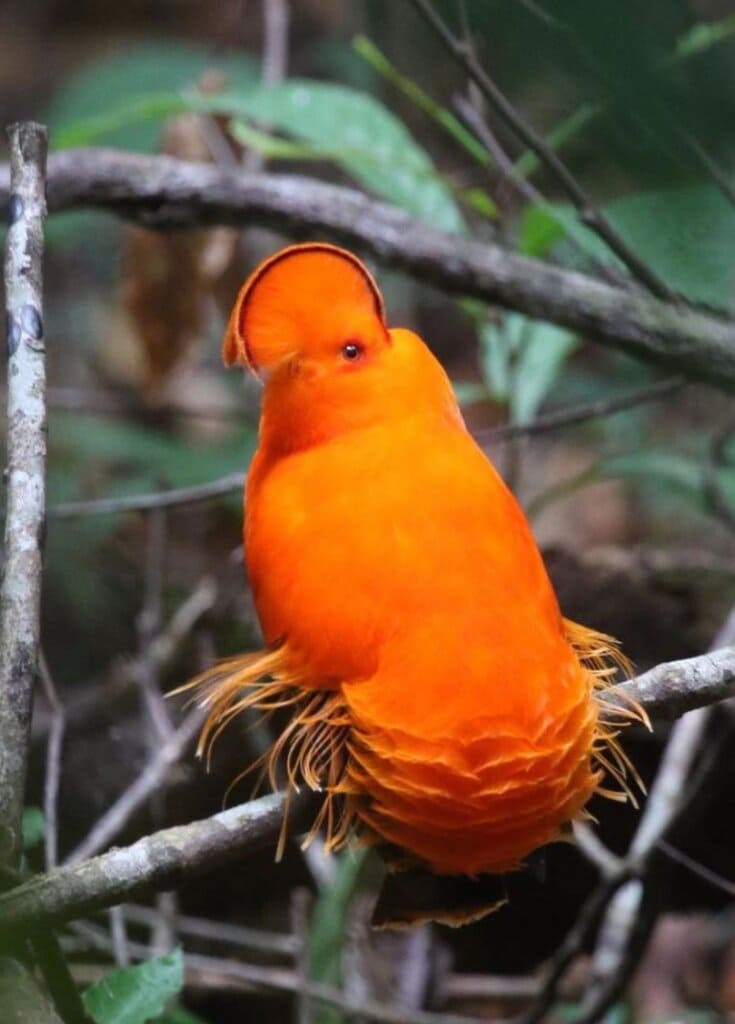
The photo credits go to the Instagram user named “Bucktuh”.
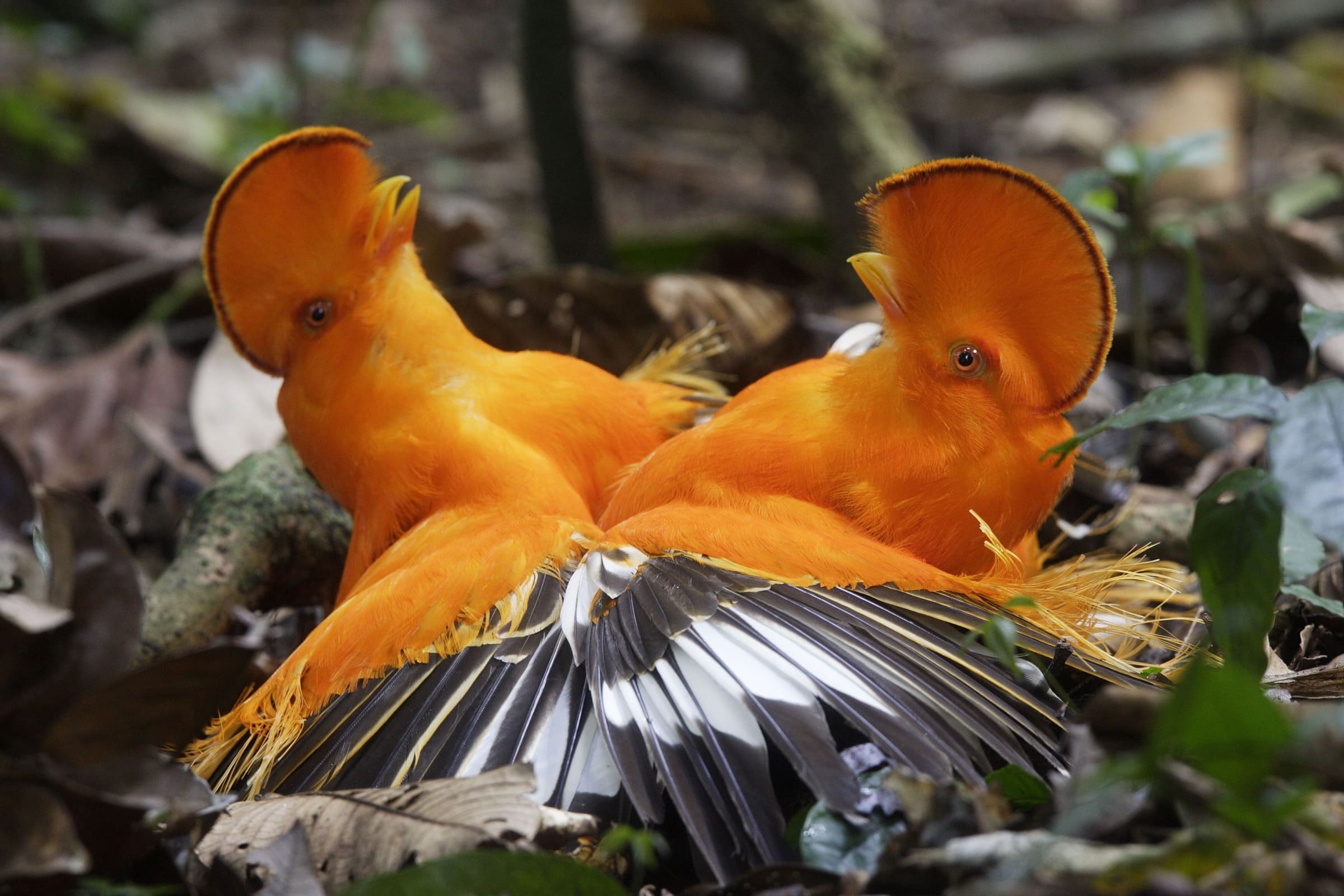
If you adore this stunning avian creature, why not spread the word by sharing this article with your loved ones?
